Karol
-
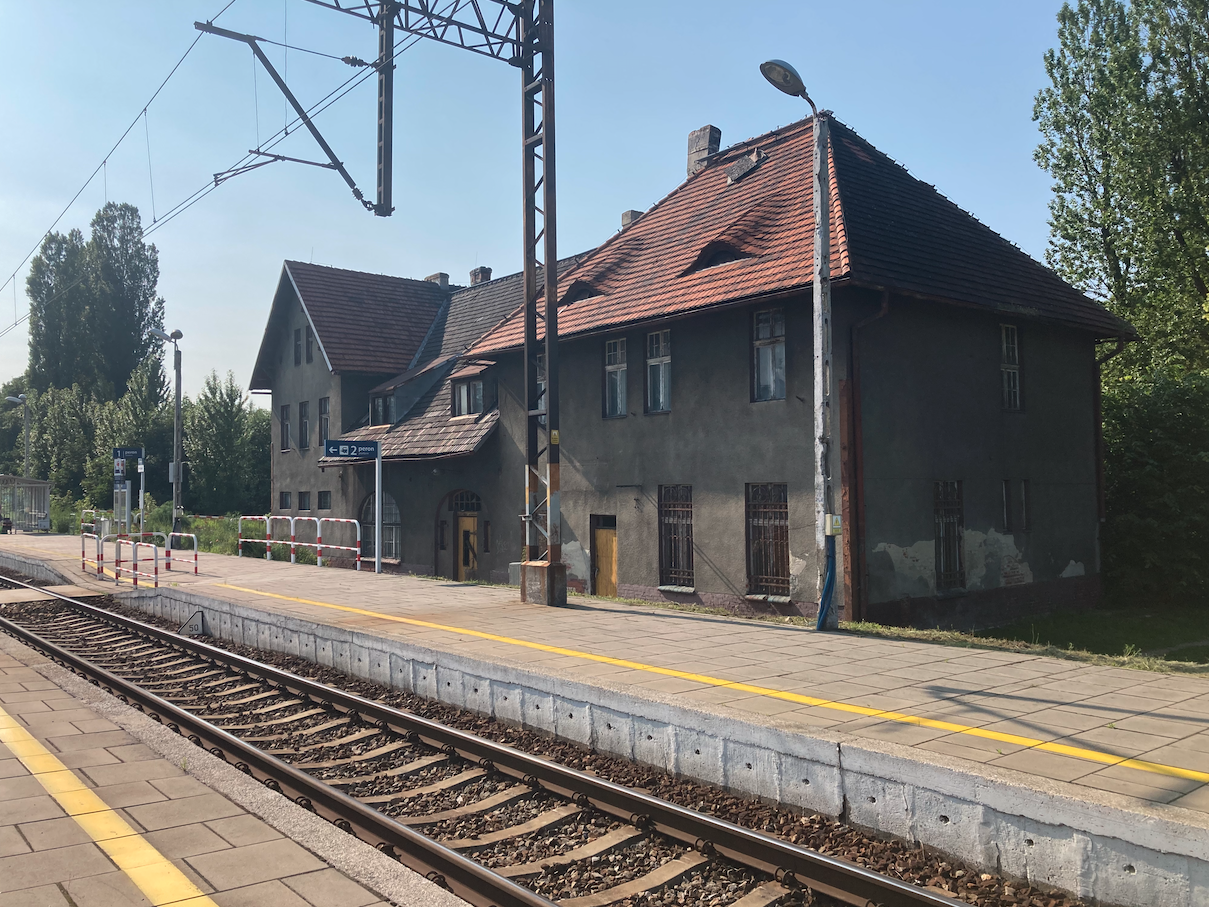
PKP Knurów. 2025
Knurów 2025-06-21 Knurów Railway Station. Geographic coordinates: 50.217N 18.688E. Elevation 246 m. City of Knurów. The town of Knurów was founded in 1295. City rights were granted in 1951, already in the Polish People’s Republic. Currently, the city belongs to the Silesian Voivodeship and is located in the Gliwice district. Currently, the city has an…
-
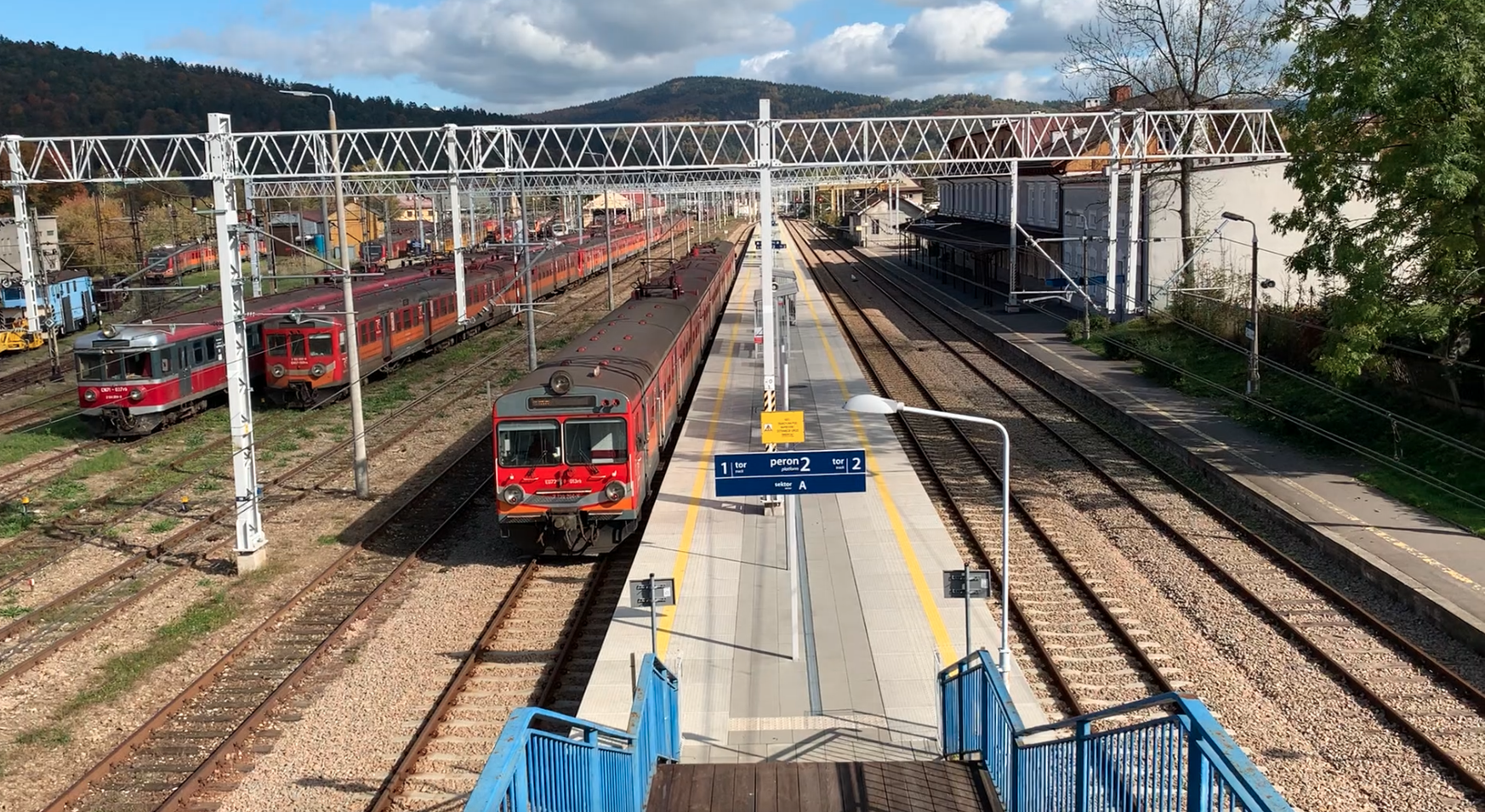
Railway line No. 97 Skawina – Sucha Beskidzka – Żywiec. 2025
Sucha Beskidzka 2025-06-18 Railway line No. 97 Skawina – Sucha Beskidzka – Żywiec. Railway line No. 97 Skawina – Sucha Beskidzka – Żywiec is a single-track, electrified line with a length of 82.708 km. In the Network Train Timetable, the line is No. 137. The line was launched on December 22, 1884, as part of…
-
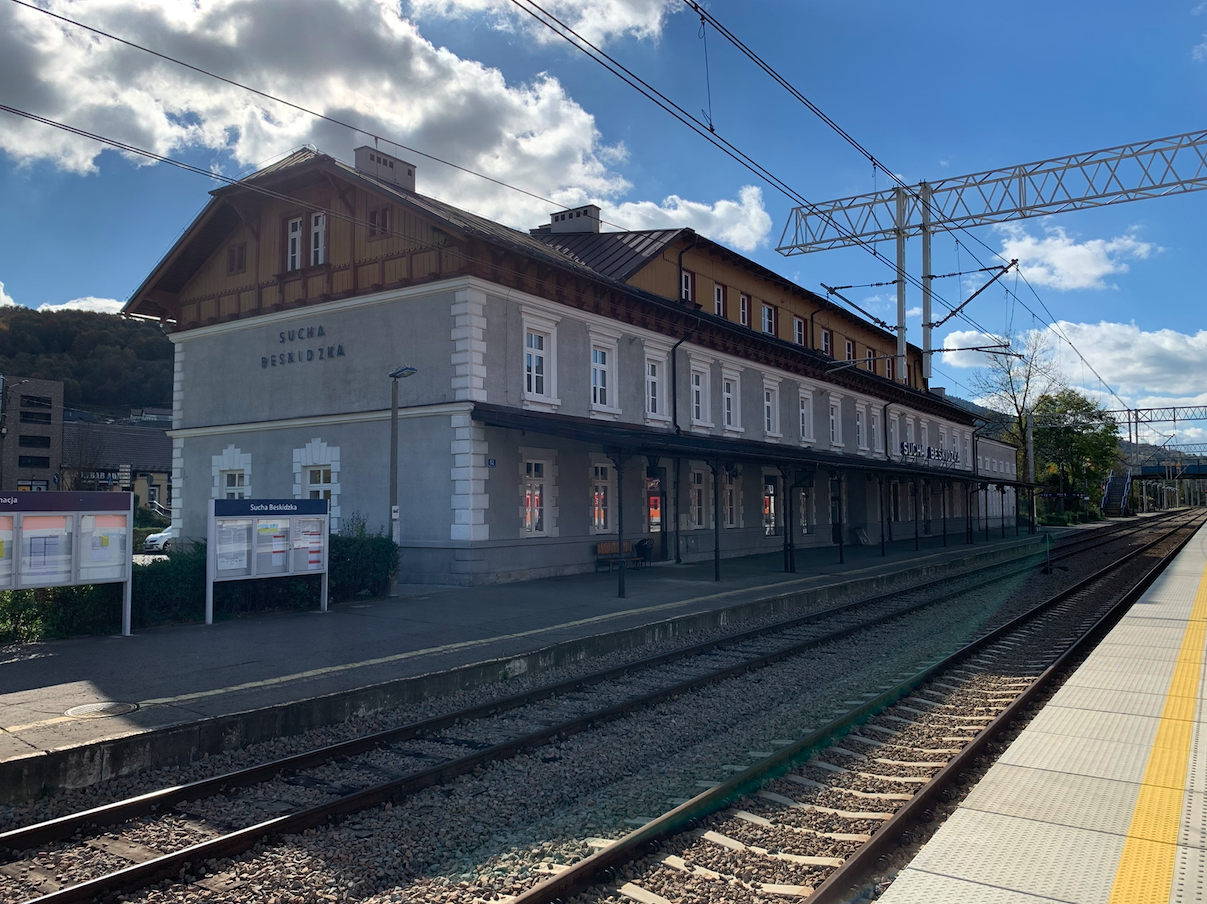
PKP Sucha Beskidzka. 2022
Sucha Beskidzka. 2022-10-17 Sucha Beskidzka Railway Station. Geographic coordinates: 49.740N 19.581E. Elevation 343 m. The city of Sucha Beskidzka. Sucha Beskidzka is a city in Poland, located in the south in the Beskid Makowski Mountains. Lesser Poland Voivodeship, Suski County and is the seat of the starosty. The settlement developed on the Stryszawka River, which…
-
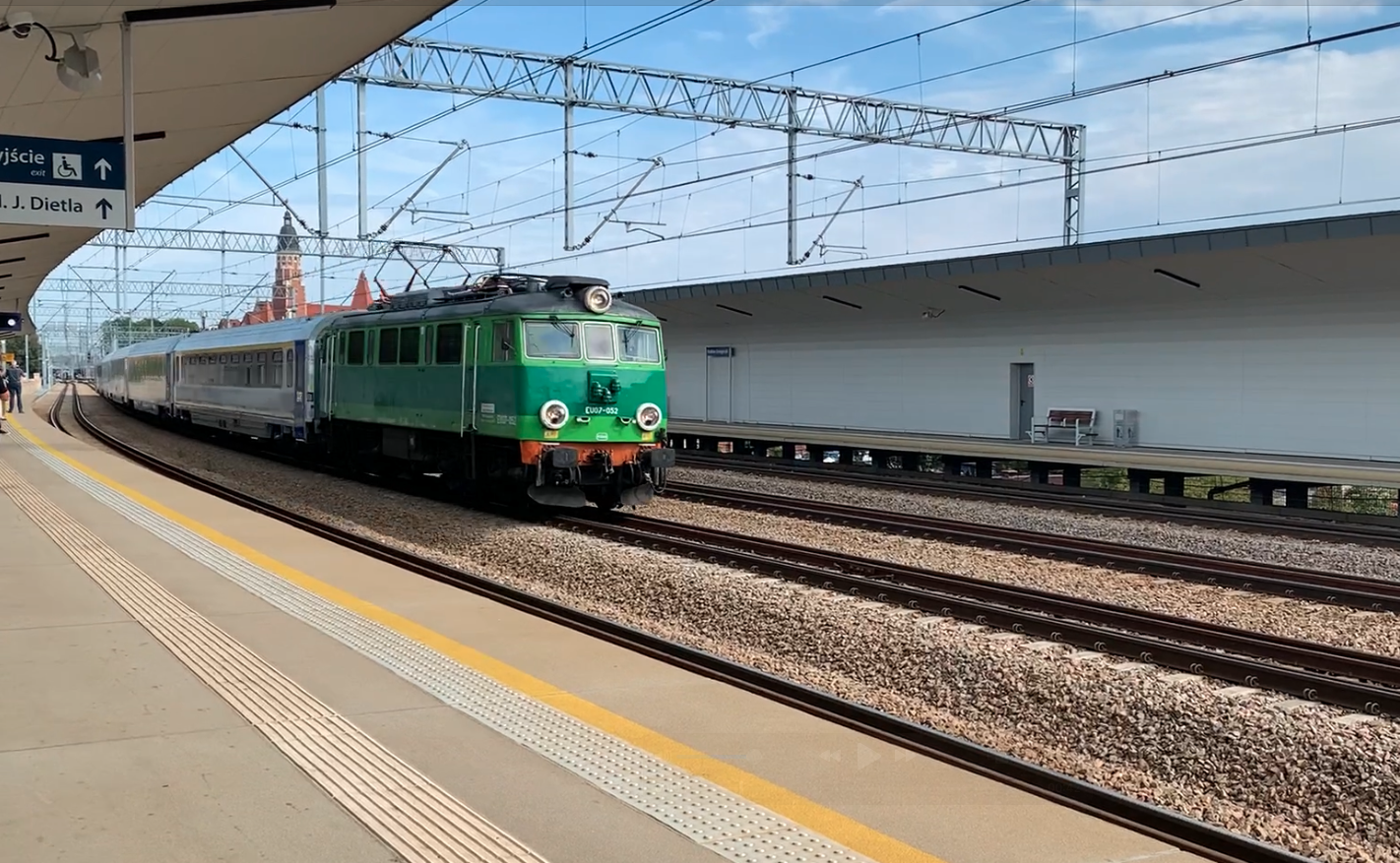
Electric Locomotive EU07-052. 2025
Kraków 2025-06-17 Electric Locomotive EU07-052. At the end of the 50s, electrification on Polish railways was already progressing rapidly. Electric locomotives were needed for passenger and freight trains. First, Swedish locomotives were purchased, which in Poland were designated EP03. The locomotive was manufactured by Allmann Svenska Elektriska Aktiebolaget and bore the designation ASEA E150. In…
-
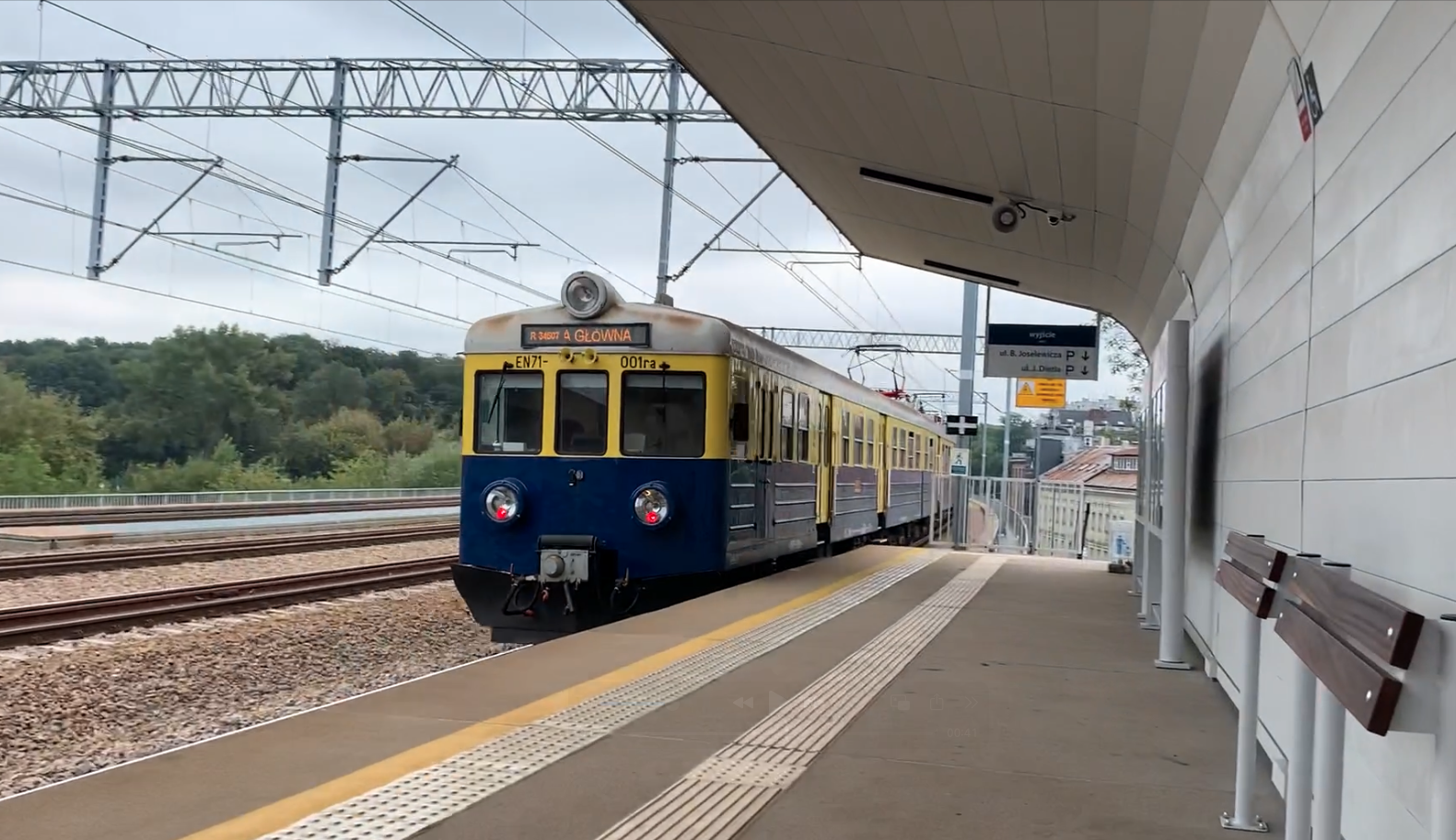
EZT EN57, painting. 2025.
Kraków 2025-06-17 EZT EN57, painting. Photo description: EN71-001 is the first EN71 train transferred by the PaFaWag factory in Wrocław, to the PKP state. The train was built in 1976. In 2024, at PESA Mińsk Mazowiecki, the train underwent a P4/5 level repair and the original painting was restored. The train returned to the regular…
-
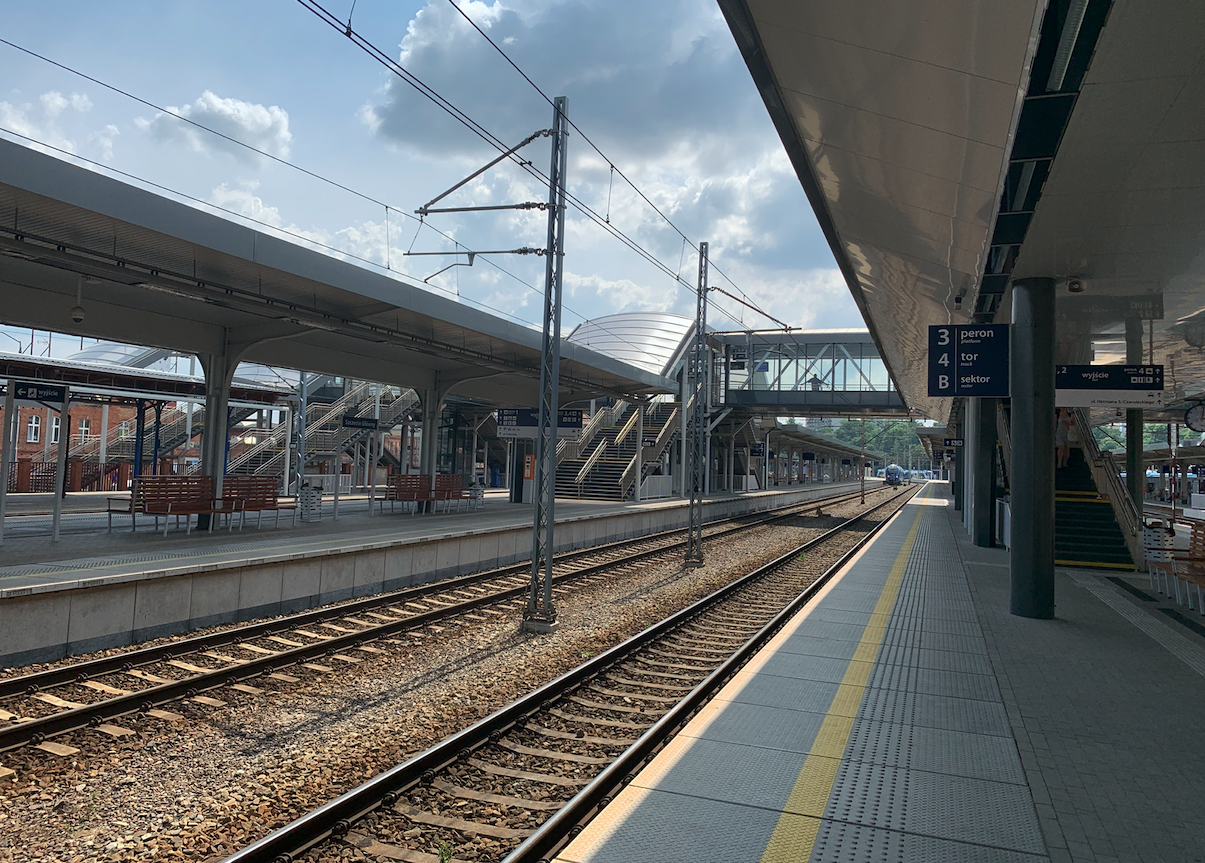
PKP Szczecin Główny. 2021
Szczecin 2021-08-31 Railway in Szczecin. Due to the outbreak of World War II by Germans and Muscovites, the borders in Europe changed. Szczecin (Stettin) was annexed to Poland, and as a result, the oldest Polish railway station is Szczecin Główny. When it was built, this station was called Berlinerbahnhof (Berlin Station), because the railway line…
-
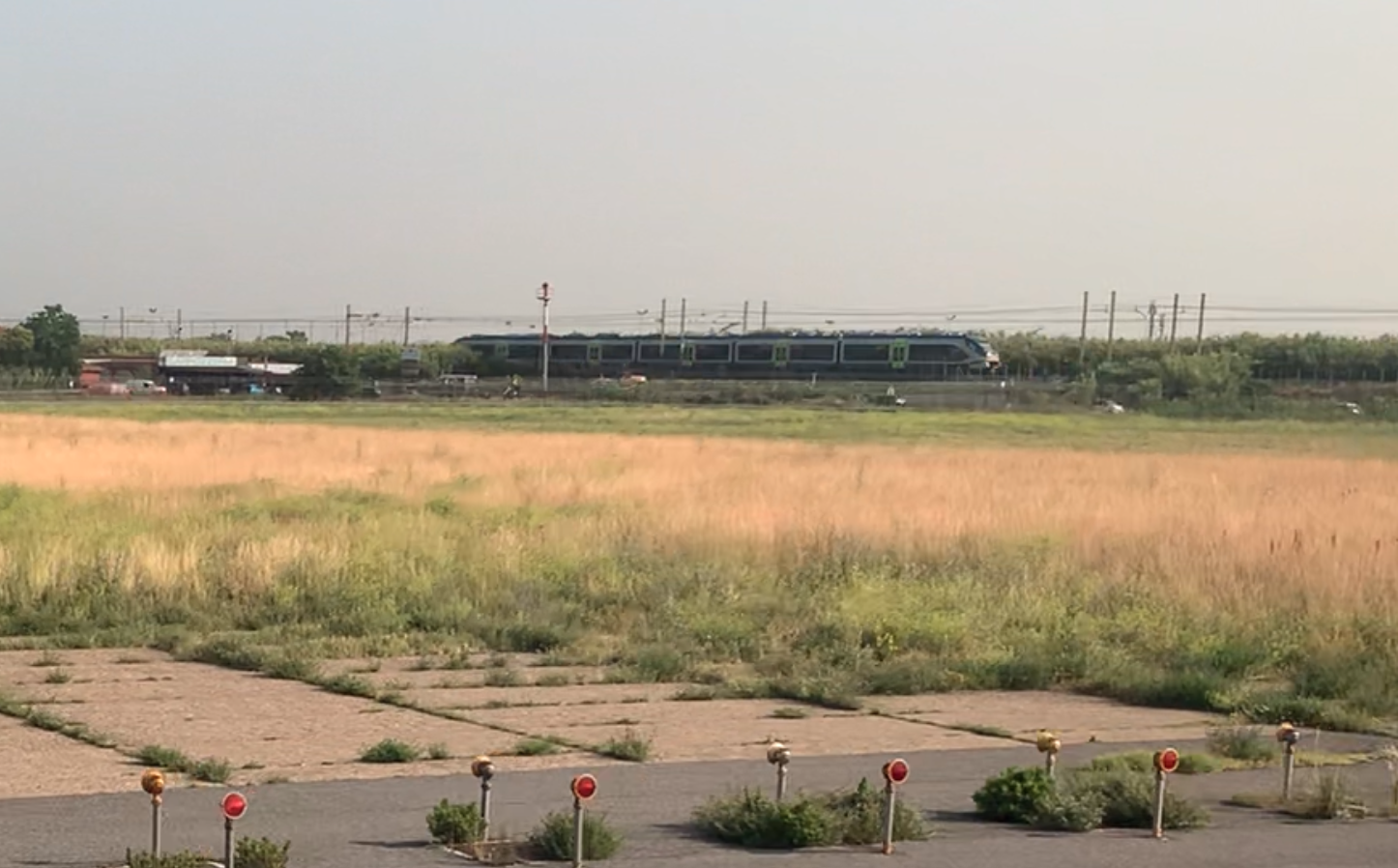
EMU Jazz Italian EMU ETR 324, ETR 425, ETR 526. 2025
Kraków 2025-06-16 EMU Jazz Italian. In Italy, Electric Multiple Units from the Jazz family are in use. The trains come in three versions: Four ETR 324 cars, Five ETR 425 cars, six ETR 526 cars. The manufacturer was Alstom. The first train was built in 2014. A total of 100 trains were delivered. A total…
-
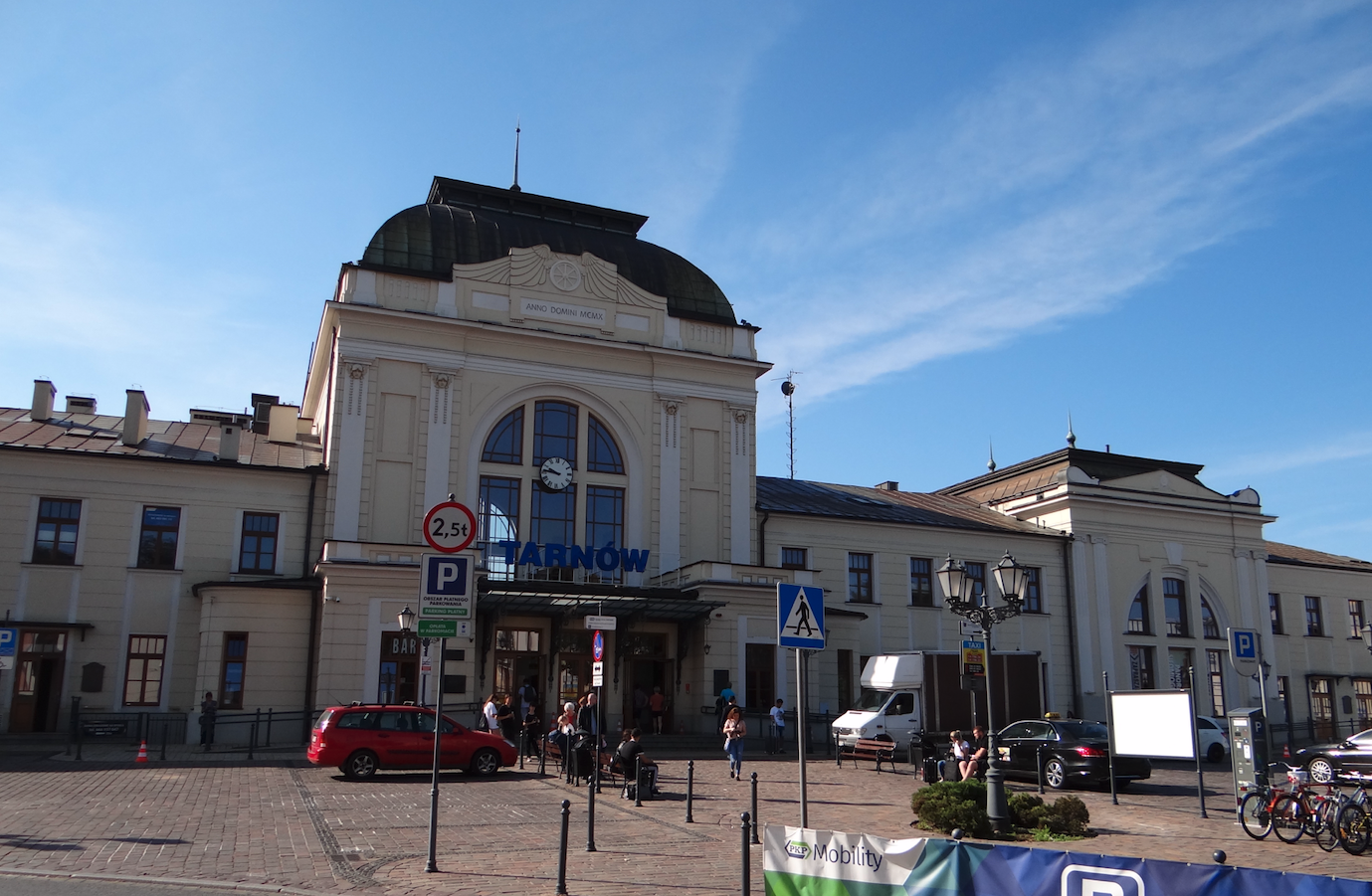
PKP Tarnów. Railway junction. 2025.
Tarnów 2025-06-13 Railway junction in Tarnów. Geographic coordinates: 50.005N 20.974E. Elevation 202 m. It is no coincidence that the city of Tarnów holds the title of the pearl of the Polish Renaissance. Tarnów’s Old Town has its own unique charm. Picturesque tenement houses, a stylish town hall and the Gothic Cathedral Basilica under the challenge…
-
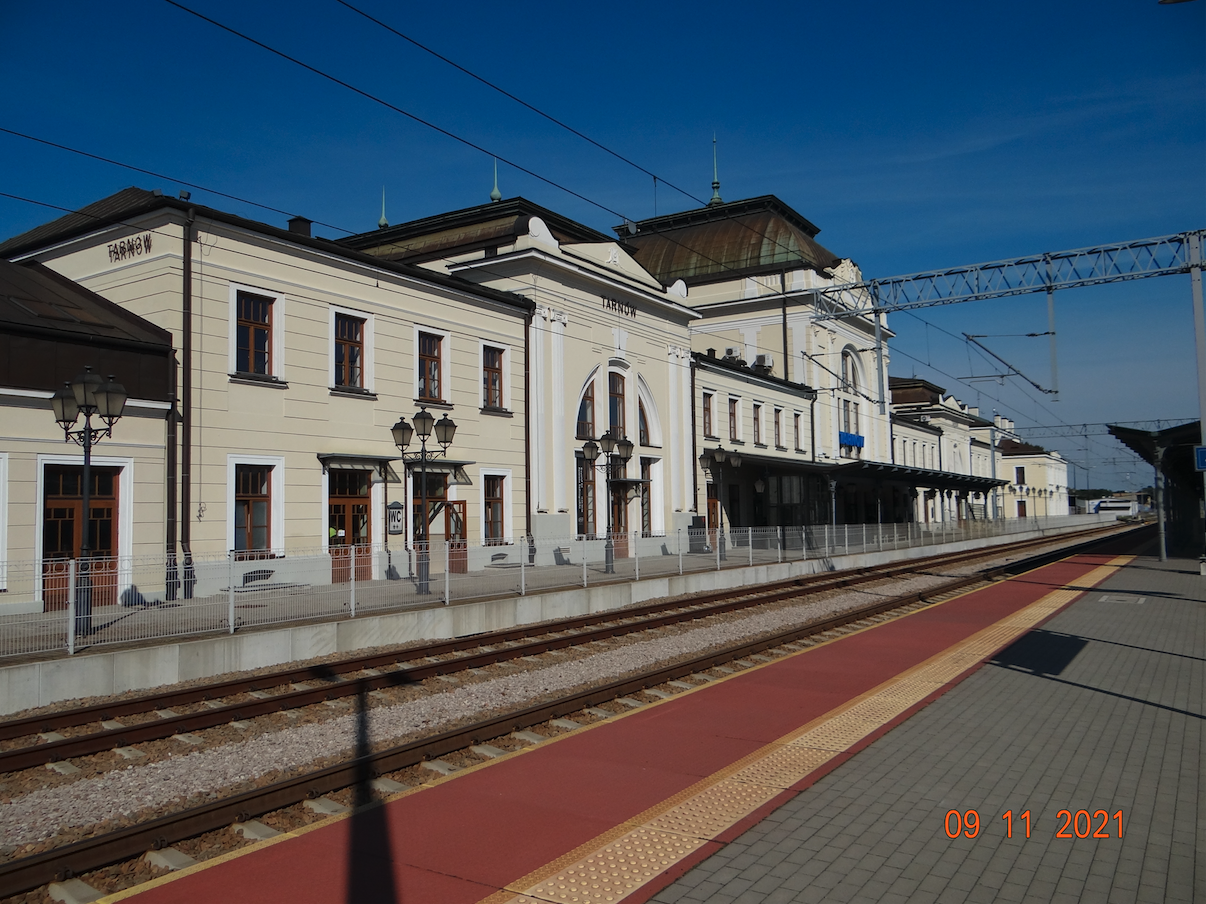
PKP Tarnów. 2021
Tarnów 2021-09-14 Railway station in Tarnów. Geographic coordinates: 50.005N 20.974E. Elevation 202 m. It is no coincidence that the city of Tarnów holds the title of the pearl of the Polish Renaissance. Tarnów’s Old Town has its own unique charm. Picturesque tenement houses, a stylish town hall and the Gothic Cathedral Basilica under the challenge…
-
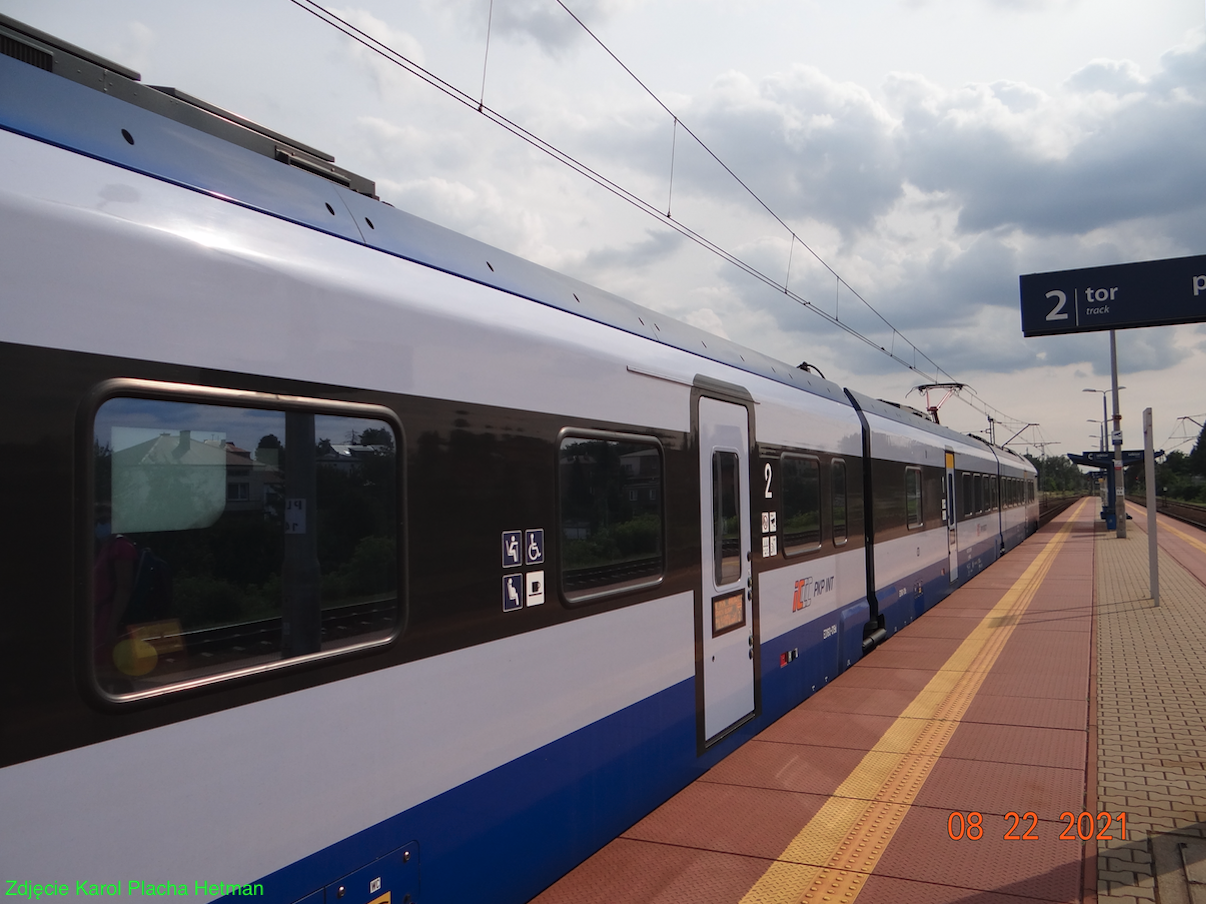
PKP Tomaszów Mazowiecki. 2023.
Tomaszów Mazowiecki 2023-01-14 Railway station in Tomaszów Mazowiecki. History. Geographic coordinates: 51.547N 20.034E. Elevation 163 m. The railway station in Tomaszów Mazowiecki was established in 1884. At that time, Tomaszów Mazowiecki was in the Russian partition. The station was part of the railway line: Łódź – Koluszki – Tomaszów Mazowiecki – Opoczno – Skarżysko Kamienna…